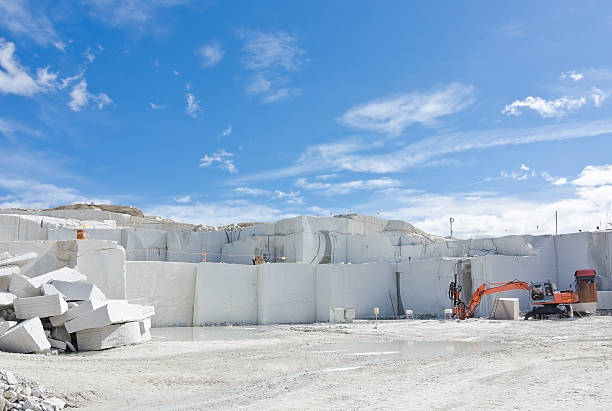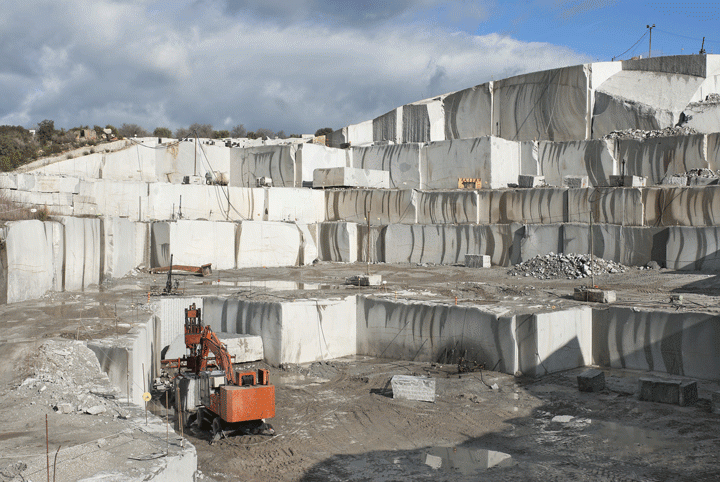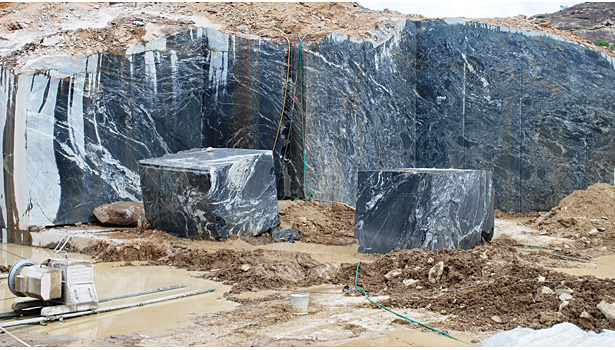Unlocking All-natural Treasures: Granite Quarries in South Africa Revealed
Unlocking All-natural Treasures: Granite Quarries in South Africa Revealed
Blog Article
Discovering the Rich Background and Lasting Practices of Granite Quarrying
As we base on the precipice of revealing the elaborate tapestry of granite quarrying, a trip with time exposes not simply the physical act of removing stone but likewise the social and historic relevance woven into the extremely textile of this method. From the old beginnings that laid the structure for modern quarrying strategies to the sustainable techniques that are forming the future of this industry, each carve mark on granite surface areas narrates waiting to be unearthed (granite quarries in south africa). The legacy of granite quarrying stretches far beyond mere removal; it is a testimony to human resourcefulness, strength, and the enduring allure of this stunning rock
Ancient Origins of Granite Quarrying
Dating back to ancient civilizations, the method of quarrying granite has been an important part of human background and architectural improvement. The earliest proof of granite quarrying dates back to ancient Egypt, where enormous pyramids and intricate sculptures were crafted from this resilient rock. The Egyptians made use of primitive tools to remove granite blocks from quarries, showcasing the relevance of this product in their significant buildings.
Moving onward in history, the Greeks likewise made significant contributions to the quarrying of granite. The Greeks utilized granite in different architectural wonders, such as temples and statuaries, showing their ability in shaping and sculpting this hardy rock. The Romans even more refined the strategies of quarrying granite, utilizing innovative devices like knives and hammers to extract and form granite for their legendary frameworks.
With the centuries, the practice of quarrying granite has evolved, with modern-day technologies boosting performance while preserving the ageless allure of this all-natural stone - granite quarries in south africa. From ancient civilizations to contemporary contractors, the tradition of granite quarrying proceeds to shape our globe
Evolution of Quarrying Strategies
The evolution of quarrying techniques has been noted by a continual progression towards better effectiveness and accuracy in extracting granite. From the simple approaches used by our ancestors to the sophisticated modern technologies utilized in modern-day quarrying operations, the sector has actually undertaken substantial advancements. Early quarrying methods included manual work with basic devices such as chisels, hammers, and wedges to extract granite blocks from the earth. As worlds advanced, methods like fire-setting and primitive dynamites were introduced to help with the extraction process.
Developments in computer-controlled equipment and 3D modeling have actually enhanced quarrying operations, leading to marginal environmental effect and boosted sustainability practices. As the demand for granite proceeds to increase, the advancement of quarrying strategies stays essential to conference market needs efficiently and sustainably.
Cultural Relevance of Granite
Granite holds an extensive cultural importance throughout numerous worlds due to its long-lasting existence in architectural work of arts and respected monoliths. From the impressive pyramids of Egypt to the intricate carvings of the Angkor Wat holy place in Cambodia, granite has actually been a material of selection for revealing grandeur and long life in social heritage. In ancient Rome, granite columns adorned holy places and public buildings, symbolizing stamina and durability. The social relevance of granite expands beyond its physical characteristics; it embodies strength, stability, and timelessness, making it a symbol of sustaining heritages and practices.

Lasting Practices in Quarrying
Amidst the rich background of granite quarrying and its cultural importance lies a growing emphasis on sustainable practices within the industry. As ecological recognition and problems about source exhaustion have actually increased internationally, the quarrying market has actually increasingly welcomed lasting techniques to lessen its influence on the setting and surrounding communities.

In addition, reclamation and rehab of quarry websites post-extraction are indispensable to lasting methods. By recovering quarried locations to an all-natural or helpful state, such as creating wild animals habitats or recreational areas, quarriers can balance out the environmental impact of their procedures and contribute positively to the neighborhood ecological community.
Tradition of Granite Quarrying
With a historic backdrop steeped in workmanship and industrial progression, what enduring impact has granite quarrying left on the landscape of contemporary society? The heritage of granite quarrying goes beyond simple removal techniques; it has actually shaped building marvels, city landscapes, and social heritage worldwide. The durable nature of granite has made it a favored selection for monuments, buildings, and facilities, standing as a testimony to the skill and virtuosity of quarry employees across generations.
Additionally, the economic footprint of granite quarrying can not be ignored. The market remains to provide job opportunity and drive local economic situations in areas where granite removal prevails. It has actually also stimulated technical innovations in quarrying methods and go to the website tools, resulting in much more effective and sustainable practices.
In regards to sustainability, the legacy of granite quarrying includes initiatives to mitigate environmental influences with reclamation projects and liable resource monitoring. By balancing financial passions with environmental stewardship, the industry makes every effort to ensure that future generations can remain to benefit from this long-lasting natural deposit.
Verdict

Report this page